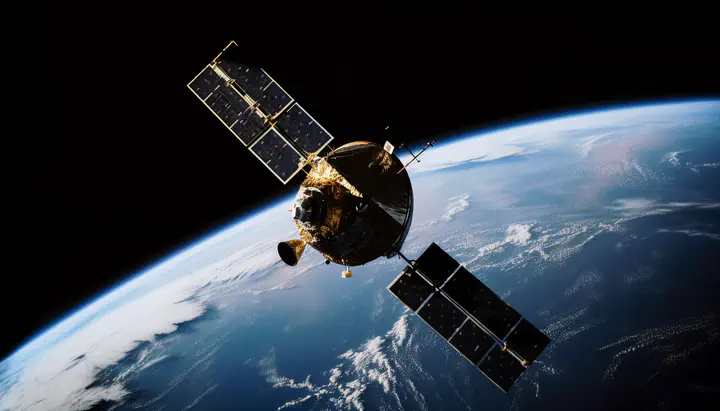Satellite Imagery Predicts Socioeconomic Indicators: experiments in Brazil

The world has a considerable portion of its population living in vulnerable conditions, with about 47% of people living in poverty and approximately 9.3% in extreme poverty. To understand and face this problem, it is essential to have access to updated data on poverty and trace the socioeconomic profile of the population. In this context, Censuses and demographic surveys play a crucial role. However, conducting a Census in certain regions faces significant challenges, both in terms of cost and logistics. It is a complex process that demands significant resources and an extensive data collection effort throughout the national territories. Given the difficulties of collecting data in the traditional way, passively collected data sources, such as satellite imagery, may be an alternative way to measure these results. Therefore, we use computational techniques to combine nighttime and daytime satellite imagery to predict socioeconomic indicators. Our results demonstrate the efficacy of combining these features in predicting the average income of cities across Brazil. In particular, the use of neural networks for inferring socioeconomic indicators has demonstrated highly effective. This technique holds the potential to enhance our comprehension of the socioeconomic landscape in Brazil and provide technical means for the analysis of countries that face difficulties in conducting Censuses. Our method has convincingly demonstrated that satellite images can be used and applied for socioeconomic purposes.